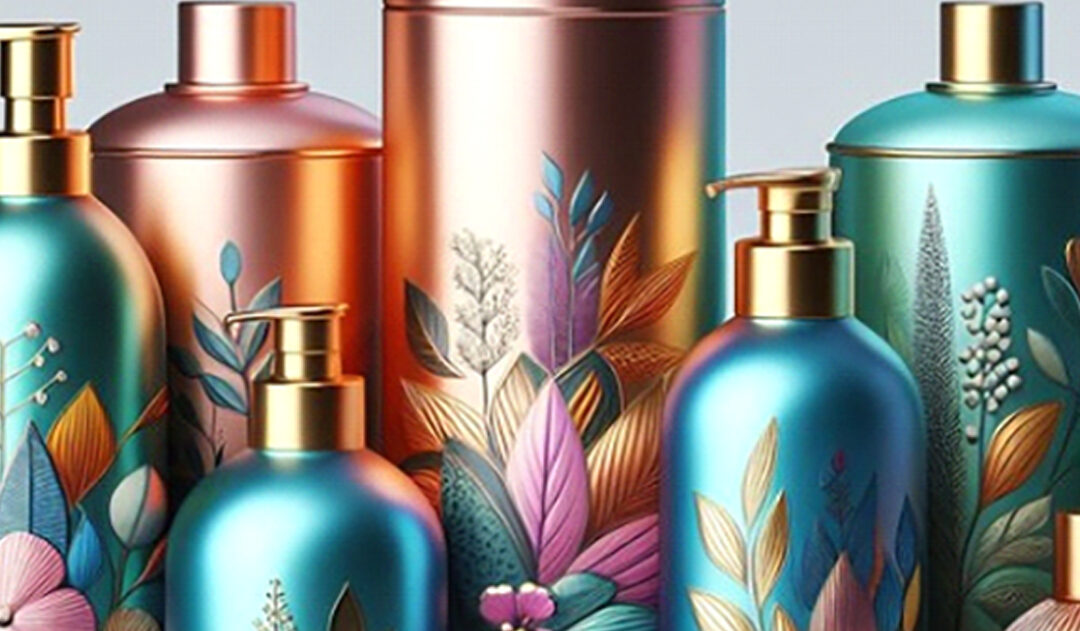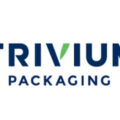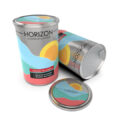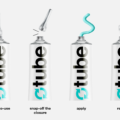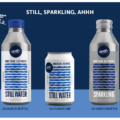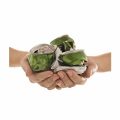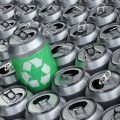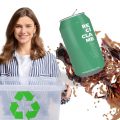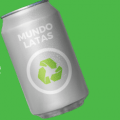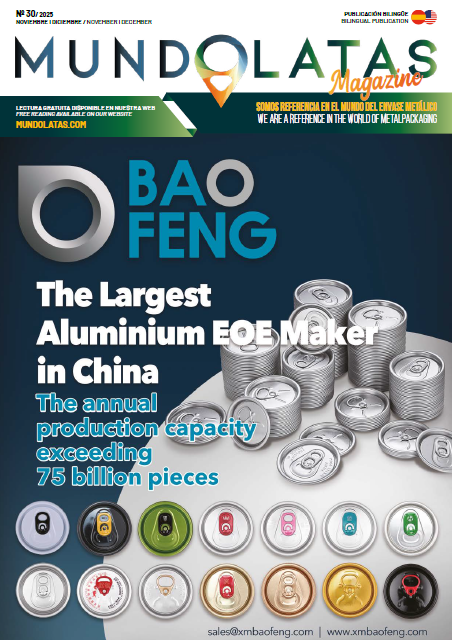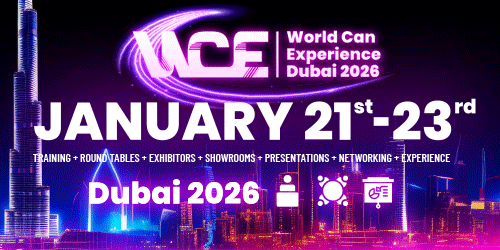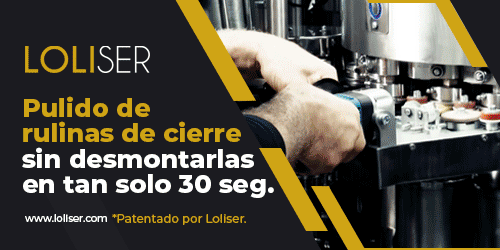Eco-design is a technique that aims to reduce the negative environmental impact of packaging through small modifications, such as increasing the number of units that can be transported or improving recycling. This encourages more environmentally conscious and sustainable consumption.
Ecodesign is a technique that focuses on the environmental impact of packaging from its creation, looking for simple ways to reduce it without affecting the properties or functionality of the object. It also seeks to improve transportation and distribution by increasing the amount of products that can be loaded on a pallet, for example. All this while avoiding compromising product strength, such as reducing the amount of plastic in a bottle or using thinner aluminum cans that may break during shipment. In addition, this technique also takes into account the quality of the product by choosing the right type of packaging, such as a brik for legumes that does not negatively alter their flavor or texture.
In the last years of the 20th century, the concept of eco-design began to be talked about as a theory in which manufacturers looked for ways to lessen the damage to the environment before producing something, rather than trying to remedy it afterwards. Today, eco-design has evolved from a theoretical idea to a common practice in the manufacturing industry. According to Ecoembes data, in the last two years more than 2,000 Spanish companies have implemented 7,694 measures to reduce the environmental impact of their packaging, which has prevented the emission of almost one million tons of CO2 into the atmosphere.
Ecodesign is based on four fundamental principles that are essential to create a sustainable and environmentally friendly design. These principles include the use of renewable resources and materials, the reduction of environmental impact throughout the life of the product, the encouragement of recycling and reuse of materials, and the consideration of the entire product cycle in its design. These bases serve as a guide for designers to develop products that are environmentally friendly and sustainable.
Although ecodesign work is sometimes not given enough recognition, its impact is considerable and there are important areas where manufacturers are working to improve it. Rikardo Minguez, who has been in charge of the Master’s Degree in Circular Economy Applied to Business at the University of the Basque Country for the past five years, is clear that eco-design is key to promoting a circular economy. A good example of how a package can be optimized using this technique is plastic bottles. Around 25% of the companies that implement eco-design measures seek to reduce the weight of packaging, which has a positive impact on raw material consumption. Thanks to the reduction in the thickness and weight of the materials, the carbon footprint has been reduced by allowing a greater quantity of product to be transported in the same vehicle. Although in the case of plastic bottles, their lightness had already been considered previously, their weight reduction has had a significant effect in reducing the use of hydrocarbons as raw material.
Today, recycling has become an effective strategy to give a new use to materials that were previously considered waste. This process allows us to reuse and transform different products in order to reduce environmental pollution and promote a more sustainable lifestyle. Recycling creates a constant cycle in the use of materials, avoiding their disposal in landfills and allowing their reintegration into the economic industry. It is essential to become aware of the relevance of recycling and adopt it as part of our daily actions to collaborate in the creation of a cleaner and healthier world.
The ability of a material to be reused after processing in a specialized plant is known as recyclability. In the specific case of plastic bottles, their level of recyclability will be higher if no dyes or colors are added. If the container is transparent and colorless, it can be used again as such after recycling, but if it has a color such as blue or green, its use will be restricted as it cannot be transparent again.
It is crucial that the packaging elements are compatible with each other in order to function properly. For example, if a bottle is made of PET and the cap is made of PP, both are plastics but must have different densities to facilitate their separation. This shows that even though they are different, they can work together. In addition, it is projected that next year one third of eco-design measures will focus on improving product recyclability, according to Ecoembes.
Currently, work is underway to create smaller, more practical packaging with fewer materials. This trend seeks to reduce the amount of waste and promote a more efficient consumption of products. In addition, these compact containers are easy to transport and store, making them a convenient option for buyers. With this new strategy, companies also seek to reduce production costs and offer more environmentally sustainable alternatives.
To reduce the impact on the environment, it is important to use fewer materials in packaging as this facilitates the recycling process and reduces the loss of homogeneous containers.
It is important to recycle the cork from a wine bottle correctly, as it should not be disposed of together with the container in the green garbage can. The same applies to the metal lids of glass jars, which should be placed in the yellow bucket and not in the green bucket as is often thought.
The concept of eco-design is used to develop packaging that is more environmentally friendly. This approach applies not only to products such as water bottles or beverage cans, but also to the way items are packaged and distributed in supermarkets and during transportation.
The term “secondary packaging” is used to describe the combination of multiple packages in a package. We are also seeing a shift in beverage can packaging, where materials such as cardboard and glue are being used instead of traditional plastic rings.
According to information from Ecoembes, approximately 11% of sustainable design tactics are primarily aimed at eliminating packaging elements, especially primary packaging consisting of more than one material. There are also plans to add new labels containing relevant information for buyers.
The label on the packaging provides information on whether it is made from recycled plastic. According to a European law passed in 2019, it is expected that by 2025 at least 25% of PET bottles used in beverages will be made from recycled material. This amount will increase to 30% by 2030.
Nowadays, most products have labels or indications on their packaging indicating the type of container suitable for recycling. This information is crucial when the product is made of different materials and must be deposited in different containers. For example, a cardboard box (which should be recycled in the blue garbage can) with a clear plastic window (which should go in the yellow garbage can) so you can see its contents.
Learning is not only based on knowing theories, but also on putting them into practice. Once the theory is understood, it is crucial to apply it to truly understand and assimilate the concepts. This is true in all areas, from science to art and even in everyday life situations. Through practical experience, adjustments and improvements can be made to the original theory, leading to greater mastery and understanding of the subject. In short, it is not enough just to have theoretical knowledge, it is also essential to apply it for a complete learning process.
The trend of presenting ice cream in boxes has generated a great revolution in the way this famous dessert is enjoyed and consumed. Instead of using the typical cones or cups, several places now offer their ice creams in boxes, which allows for a more original and eye-catching presentation. This new way of serving ice cream is gaining popularity and has had a great impact on the culinary world.
Recently, Eroski, a supermarket chain, implemented an eco-design project in its ice cream bonbon box with four units. The purpose of this initiative was to reduce the environmental impact and achieve a more efficient use of materials, in addition to saving storage space. This simple cardboard box is the result of painstaking work focused on sustainability.
A guide developed by Ihobe and Ecoembes draws on a particular experience to explain the process of redesigning the cardboard box and plastic wrap used in ice cream. Several factors were taken into account, such as the type and quantity of materials used, as well as less obvious aspects, such as energy consumption for decorating and cutting the wrapper, as well as the amount of metal used in the sticks.
The recent design proposal consisted of modifying the way the ice creams are arranged, creating two layers with two units each. It was also decided to highlight the symbol indicating that the container is recyclable, with the intention of raising consumer awareness of the importance of recycling.
As a result, it was possible to reduce the cost of packaging and packing materials, as well as to obtain a higher pallet load capacity and a better display on supermarket shelves.

